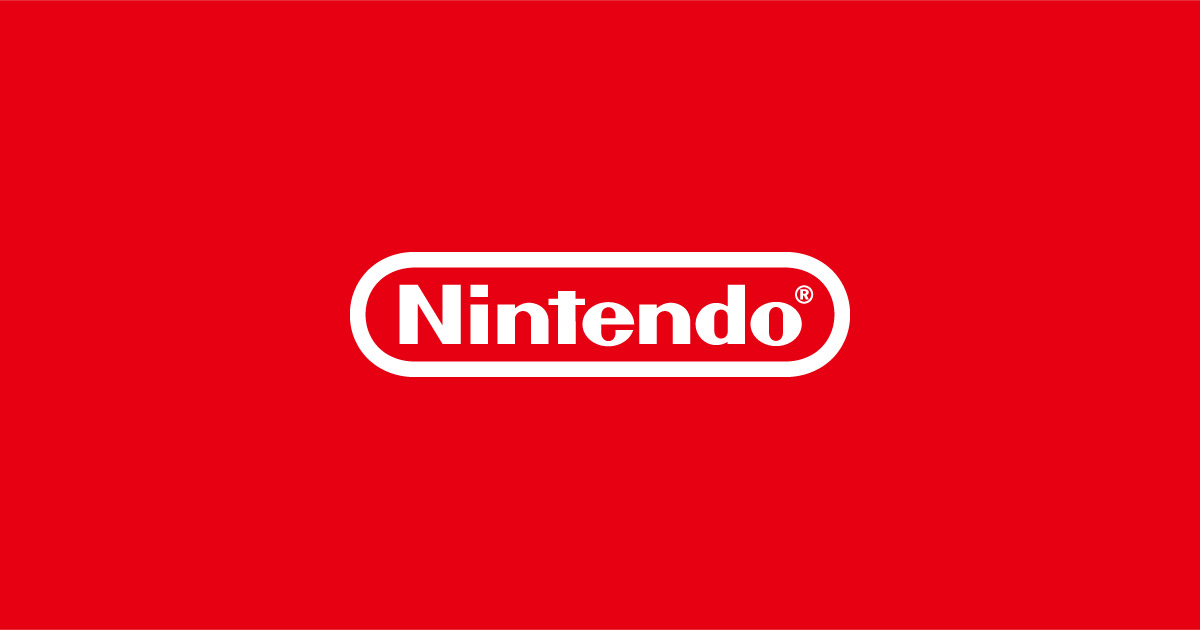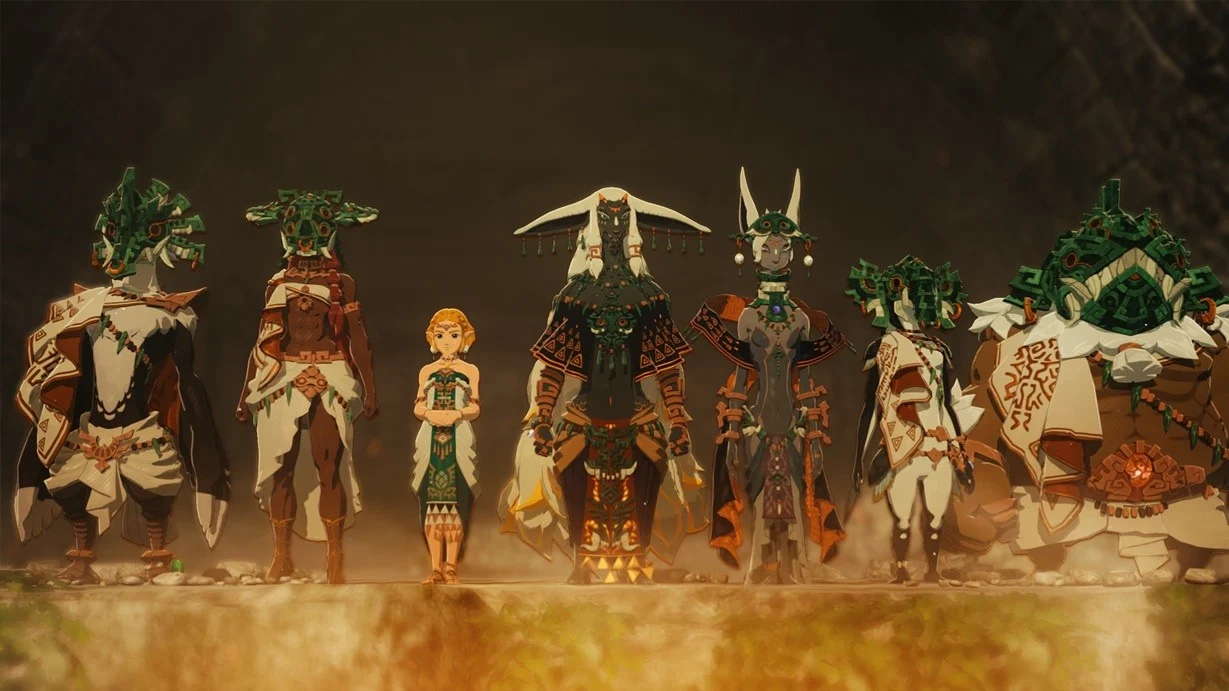Takaya Imamura, renowned for his key role in Nintendo’s Star Fox series, has recently offered a rare look into the development challenges behind the classic title, The Legend of Zelda: A Link to the Past.
Imamura's recollections provide valuable insight into the rigorous quality assurance process that shaped one of the Super Nintendo Entertainment System’s (SNES) most iconic games. In a feature with Edge magazine reported by GamesRadar+, Imamura recounted his initial reluctance to join the development team for A Link to the Past.
Although now celebrated as a legendary Nintendo developer, Imamura admitted that he would have preferred to play the finished game as a fan rather than being directly involved in its creation.
"At the time, I wasn’t enthusiastic about joining the Zelda team," he explained.
Imamura described wishing to experience the title fresh, as a player enjoying the adventure for the first time. Once assigned to the project, Imamura faced the often-grueling demands of game development, particularly during the debugging and quality assurance (QA) stages.
He characterized the process as exceptionally tough, noting that it involved repeated playthroughs and meticulous attention to detail.
This intense workflow left a lasting impression; Imamura candidly admitted that even years later, revisiting The Legend of Zelda: A Link to the Past evokes memories of those challenging development days, making it difficult for him to enjoy the game purely as a player. He recalled that his involvement came at a time when he was managing another ongoing project.
Nevertheless, a strong push from Nintendo’s then-president, Hiroshi Yamauchi, prompted Imamura to join the Zelda team, motivated by the commercial and critical success of the series’ previous entries.
The need to deliver the next installment efficiently and to Nintendo’s high standards was paramount—highlighting the immense pressure developers often face when working on titles for beloved franchises. Originally released for the SNES in 1991 in Japan and 1992 in North America, The Legend of Zelda: A Link to the Past quickly achieved both critical acclaim and commercial success, selling over four million copies worldwide.
The title stands out as a pivotal entry in Nintendo’s history and continues to influence modern game design across the industry. Imamura’s reflections serve as a reminder that the lasting legacy of classic games is often built on the dedication—and sacrifices—of those behind the scenes.
For many developers like Imamura, the demanding realities of QA and development can profoundly shape their relationship with the very games they helped bring to life.
Imamura's recollections provide valuable insight into the rigorous quality assurance process that shaped one of the Super Nintendo Entertainment System’s (SNES) most iconic games. In a feature with Edge magazine reported by GamesRadar+, Imamura recounted his initial reluctance to join the development team for A Link to the Past.
Although now celebrated as a legendary Nintendo developer, Imamura admitted that he would have preferred to play the finished game as a fan rather than being directly involved in its creation.
"At the time, I wasn’t enthusiastic about joining the Zelda team," he explained.
Imamura described wishing to experience the title fresh, as a player enjoying the adventure for the first time. Once assigned to the project, Imamura faced the often-grueling demands of game development, particularly during the debugging and quality assurance (QA) stages.
He characterized the process as exceptionally tough, noting that it involved repeated playthroughs and meticulous attention to detail.
This intense workflow left a lasting impression; Imamura candidly admitted that even years later, revisiting The Legend of Zelda: A Link to the Past evokes memories of those challenging development days, making it difficult for him to enjoy the game purely as a player. He recalled that his involvement came at a time when he was managing another ongoing project.
Nevertheless, a strong push from Nintendo’s then-president, Hiroshi Yamauchi, prompted Imamura to join the Zelda team, motivated by the commercial and critical success of the series’ previous entries.
The need to deliver the next installment efficiently and to Nintendo’s high standards was paramount—highlighting the immense pressure developers often face when working on titles for beloved franchises. Originally released for the SNES in 1991 in Japan and 1992 in North America, The Legend of Zelda: A Link to the Past quickly achieved both critical acclaim and commercial success, selling over four million copies worldwide.
The title stands out as a pivotal entry in Nintendo’s history and continues to influence modern game design across the industry. Imamura’s reflections serve as a reminder that the lasting legacy of classic games is often built on the dedication—and sacrifices—of those behind the scenes.
For many developers like Imamura, the demanding realities of QA and development can profoundly shape their relationship with the very games they helped bring to life.





